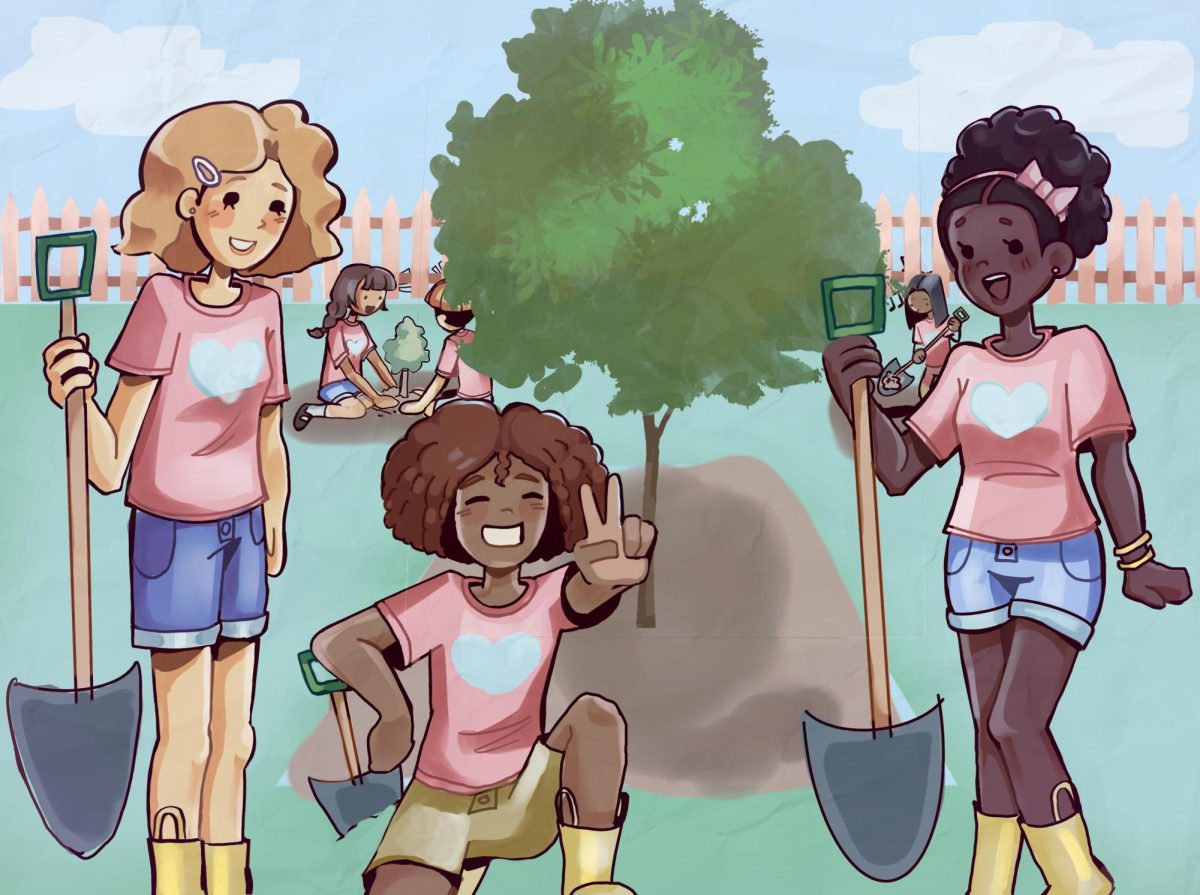Whether it be the newest reusable water bottle or the environmentally conscious tote bag you can’t live without, sustainability and reusable items have become the epitome of trends as of late. More recently popularized with crazes surrounding products like the “Stanley Cup” or Trader Joe’s mini tote bags, has the trend of being sustainable led to overconsumption and ultimately, unsustainability?
Americans are typically known to consume far more material goods than other countries, and according to “Heal the planet,” this consumption has risen almost 30 percent within the last decade. Many are noticing and becoming mindful when it comes to their purchases by avoiding plastics and single use items, opting for reusable totes and containers. While sustainability as a trend sounds rather positive, it takes on a new meaning when you realize that trends can never truly be done in moderation. When the Stanley Cup became popular, people flocked to social media to show off the dozens of colors and customizable aspects of the cup. As a result, businesses embarked on new ventures by selling items like water bottle accessories, boots and more. All of a sudden, a once environmentally conscious choice became wasteful and subverted the very ethos of “sustainability.”
However, this isn’t the first time consumers have been tricked into unsustainability. Greenwashing and other superficial promises surrounding consumption and environmental awareness have become the “norm” in business. As the United Nations defines it, greenwashing is when the general public is misled to “believe that a company or another entity is doing more to protect the environment than it is,” and has become more common as consumers have become more aware of the impending climate crisis and what they can do to help it. Fast fashion companies will promote their fashion lines that “reuse” materials, but the said materials were originally sourced unsustainably, or coffee companies like Starbucks will change packaging, such as the usage of straws under the guise of plastic use, only for their solution of a design to contain more plastic than before. Companies all over the world are engaging in greenwashing, making consumers believe they’re enacting change positively, when they’re truly adding to the problem.
Once passing through all of the hurdles of fake sustainability practices, people then fall into the trap of over-consuming otherwise eco-friendly products. When you buy a reusable water bottle, the purpose of it is to reuse it and reduce the amount of plastic or general waste associated with the water bottle. But the minute you start following the trends and feeling the incessant need to purchase everything in five different colors just to move on to the next trendy and upcoming products in a few months, is tragically misguided. It is not sustainable to constantly repurchase and “update” the things you are using when the current tools you have are perfectly intact. Use that old water bottle you got five years ago, that’s the point of the water bottle.
Now, this isn’t to say that you can’t collect a few tote bags here or metal straws there, but the lack of understanding when it comes to the reason we purchase these reusable items is astounding. Because of their association with “micro-trends,” many of the Stanley Cups or trendy tote bags will end up in a landfill, or a make a stop at a Goodwill and then a landfill. Indulge in the trends every once in a while, but understanding why the trend exists is the biggest proponent to mindful versus mindless consumerism.















